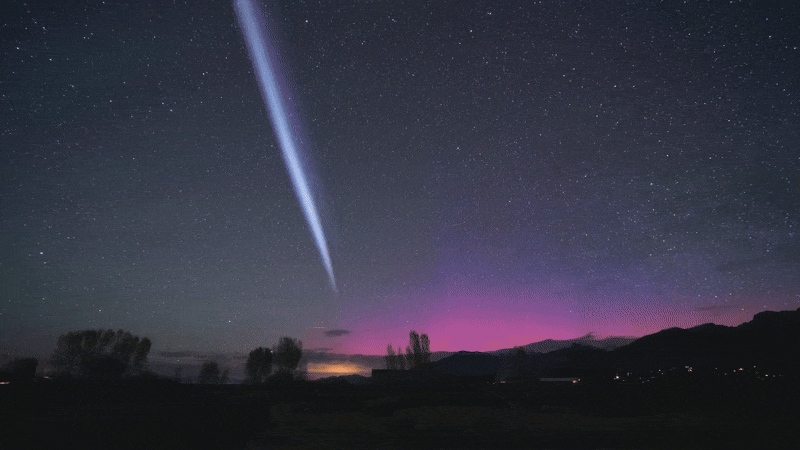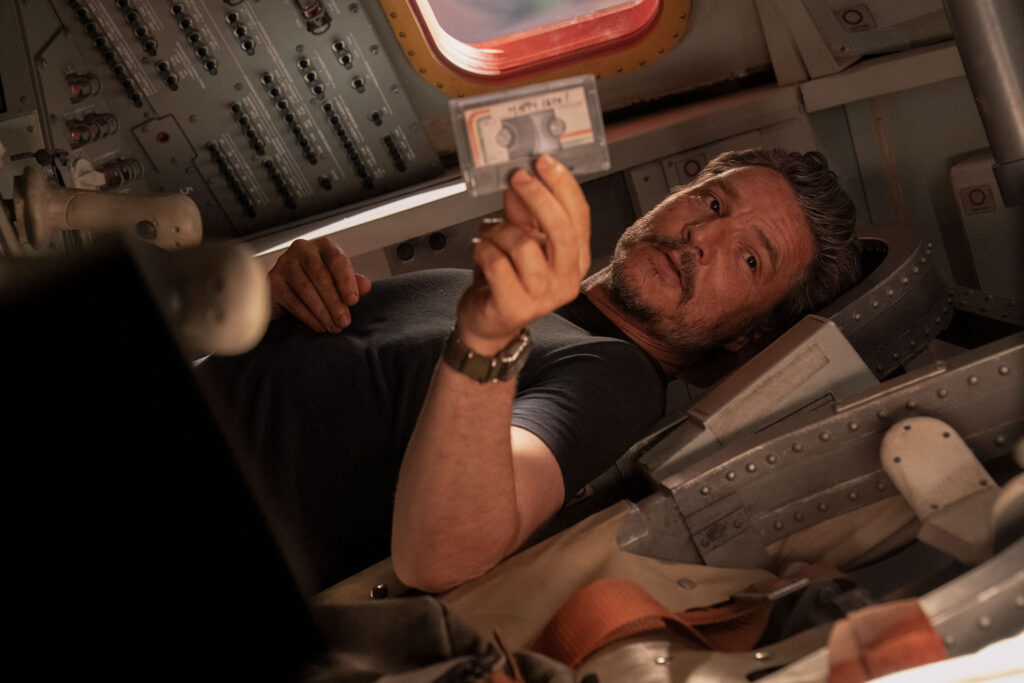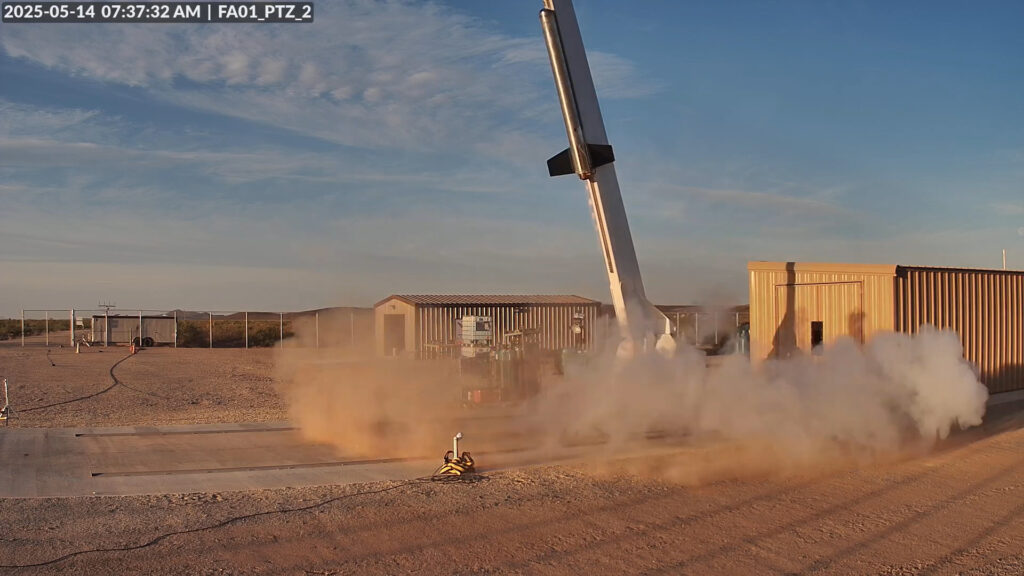The latest NASA moon lander competition round saw a huge team shakeup.
In the second-ever Human Landing Systems (HLS) bidding process, former collaborators Northrop Grumman and Blue Origin are now on different teams vying for future astronaut moon transportation in the Artemis program. And this time, SpaceX is not among the bidders.
The $10 billion HLS contract that closed Tuesday (Dec. 6) (opens in new tab) aims to provide a means for astronauts to land on the moon’s surface. NASA has already secured transportation from SpaceX for Artemis 3 and Artemis 4, but is asking other companies to participate in future landings following direction from the U.S. Senate.
Related: NASA’s Artemis 1 moon mission explained in photos
This time, Blue Origin leads the bid for their “National Team (opens in new tab),” which also includes Lockheed Martin, Draper, Boeing, Astrobotic, and Honeybee Robotics. Northrop Grumman, which worked with Blue Origin during the last bidding opportunity in 2020, elected inside to partner with Leidos Dynetics (opens in new tab).
NASA has not yet released the full list of HLS bidders, but these teams are the ones who have been promoting their work so far after the bidding closed. (SpaceX was disqualified from participating this time around, as they already have a system approved by NASA for moon missions in their Starship vehicle.)
The last HLS bidding process in 2020-21 had some twists and turns. NASA initially planned to include at least two companies for landings. But in April 2021, the agency chose SpaceX alone, out of concerns about not having enough budget available, according to officials at the time.
RELATED STORIES:
Blue Origin and Dynetics protested the contract change and added claims of irregularities in the bidding process. After those concerns were overturned by the U.S. Government Accountability Office, Blue Origin launched a lawsuit in the Court of Federal Claims on Aug. 13, 2021; that court is in place to hear cases against the U.S. government, and months later, it ruled in NASA’s favor.
These protests delayed implementation of the SpaceX HLS contract by several months. Then in October 2021, the U.S. Senate directed NASA to choose a second company for future Artemis missions.
Neither of the two new HLS teams has yet to released detailed information about their landers, presumably for competitive reasons. The National Team in fact has released no design drawings at all, while the Northrop Grumman-Dynetics team has a single artist’s conception showing their lander perched on the moon’s surface.

SpaceX plans to use its Starship spacecraft to land astronauts on the moon, and is facing unrelated delays of its own. SpaceX has been waiting about 18 months to send the system to Earth orbit for the first time, but is awaiting the thumbs-up from the U.S. Federal Aviation Administration (FAA).
The FAA launched a programmatic environmental assessment in 2021 to gauge how Starship affects the environment at Starbase, which is SpaceX’s facility near Brownsville in south Texas. The FAA pushed the deadline back multiple times from late 2021, citing its need to consult other agencies and review thousands of public submissions.
In July 2022, it gave SpaceX a 75-action checklist to complete ahead of launching the orbital mission. SpaceX last said it hoped to bring Starship to orbit by Dec. 1, and has not provided any updated guidance since then.
Elizabeth Howell is the co-author of “Why Am I Taller (opens in new tab)?” (ECW Press, 2022; with Canadian astronaut Dave Williams), a book about space medicine. Follow her on Twitter @howellspace (opens in new tab). Follow us on Twitter @Spacedotcom (opens in new tab) or Facebook (opens in new tab).


